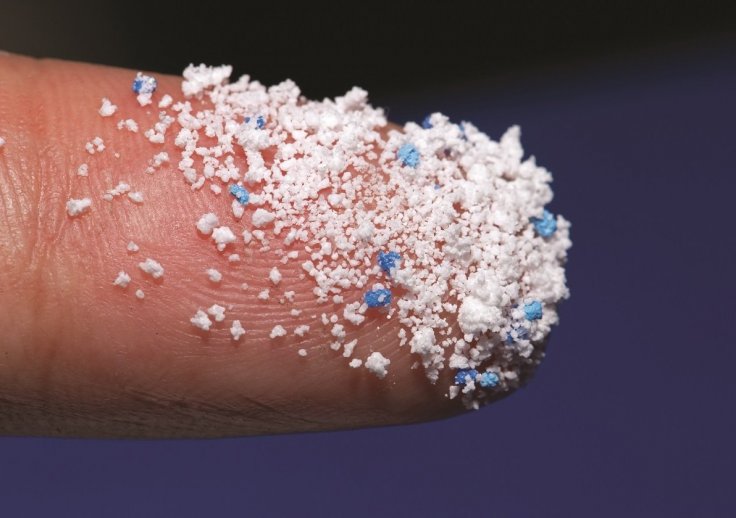A fake claim made on Facebook points out that face masks made with polypropylene are the main source of microplastics found in human lungs. The post was created on 19 April with the title, "Microplastics found deep in lungs of living people for first time."
This is what the post looked like:

A study indicates that, while it is the truth that millions of surgical masks and face shields are discarded every day across the globe, the risks from the masks do not arise just by using the mask and breathing through it, as reported by Lead Stories.
When the plastic is disintegrated into dust or fibers and is introduced into the atmosphere, just like all microplastics it is defined as a hazard. Microplastics (MPs) can be present anywhere in the environment.
Apart from the healthcare industry which has utilized surgical masks for decades, the World Health Organization along with the Centers for Disease Control and Prevention have also actively advocated for its utilization against the contagious spread of the coronavirus.
A study conducted in July last year focused on the risk posed by microplastic inhalation puts a very strong point by deducing that the benefits of wearing a mask far exceed the threats. "The use of masks is crucial during the pandemic scenario even though they might contribute some microplastic inhalation, it is minor problem as compared with protecting humans from COVID-19."
While the World Economic Forum article stated that MPs are contaminating human lungs, there is no mention of masks. The article explains, "microplastics in the indoor air result from the fragmentation through friction, heat or light of plastic objects found in our homes. These include toys, furniture, plastic bags, cosmetics, toothpaste, and scrubs. Showering with a body scrub alone may flush 100,000 microplastic beads into the wastewater system and on into the air, says the Environmental Audit Committee in Britain, which banned microbead use in January 2018."

Further adding, "the majority of microplastics found in the indoor air, however, comes from plastic fibers released from synthetic clothing and textiles used in home furnishings. These microplastic fibers tend to be longer and therefore more harmful when inhaled. Today, synthetic materials, such as acrylic, nylon, and polyester, make up some 60% of global textile production."
The International Union for Conservation of Nature also stepped into the picture by adding that microplastics are not only negatively impacting our atmosphere but also our oceans. The majority of primary MPs release is from Synthetic textiles (35%), tires (28%) and City dust (24%). This 2017 report explains that since some MPs are recycled and they do not disintegrate and thus continue to accumulate and grow.
The online version of Encyclopedia Britannica further negates the fake claim by mentioning the environmental and health impact of MPs, "Microplastics have been detected in drinking water, beer, and food products, including seafood and table salt. They also are a source of air pollution, occurring in dust and airborne fibrous particles. The health effects of microplastics inhalation are however unknown."
The Encyclopedia added that while scientists have "detected micro plastics in human tissues and organs, the implications of these findings for human health were uncertain."









